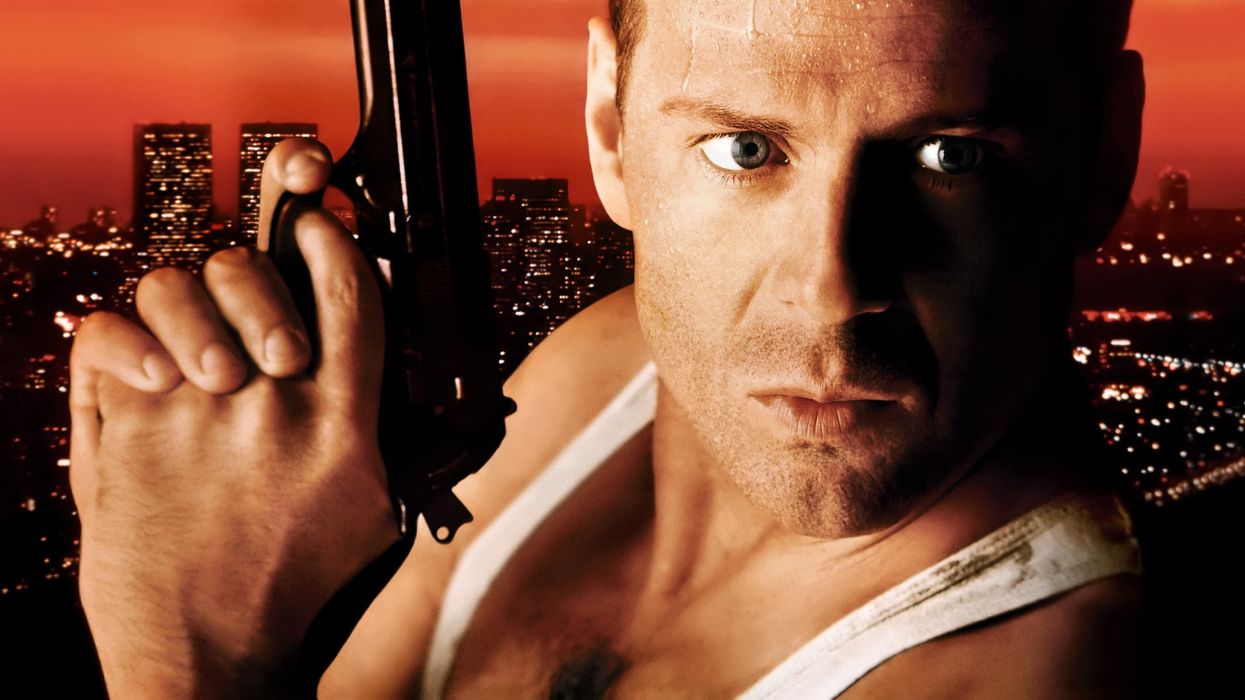3 Things You Can Learn About Editing from Watching 'Die Hard'
Studying movies can be the best film school and can teach you so much about filmmaking, even when it comes to editing.

When it comes to editing, being able to tell between what works and what doesn't can be a little tricky since what works is often invisible. But a few of these sometimes obscure concepts and techniques are brought to light in the video below, in which Joey from RocketJump Film School re-edits scenes from Die Hard's 5 Star Collection DVD, which contains an editing workshop that provides plenty of extra footage to play around with.
Here are a few concepts discussed in the video:
Shot formula for POV shots
There's no one way to edit a shot/reverse shot sequence, but RocketJump does show you the conventional way to do it. The formula for the classic reaction shot is this: A-B-A, which simply means after you cut from the first shot (A) to the POV shot (B), you should cut back to a shot from the first angle (A). This is important to consider if you captured several takes and, say, the first part of a delivery of a line on the first take (A) is good, but the delivery of the subsequent line is better in another shot you captured from another angle (C). Essentially, A-B-C might be confusing for your audience to watch.
Keep moving
Camera movement is great; it creates a lot of aesthetic and kinetic energy that audiences engage with more, but you should definitely pay attention to when you move your camera in different shots. This is because cutting from a moving shot to a stationary shot and then back to a moving shot just—doesn't look all that great, which is why editors typically cut between moving shots. (This doesn't necessarily apply to transitional shots, though.) But how do you eventually cut to a stationary shot? Simple: just end the camera movement at some point in a moving shot.
Edit for character
Editing is much like putting a puzzle together or cooking a delicious meal—you put things where they fit and make sense, you add elements and take them away, etc. But it's not just about solving problems and adding flavor, you also have to pay attention to character performance. The best editors know which shots to use to convey the motives, emotions, and spirit of each character.
Again, there are no hard and fast rules when it comes to editing, or really anything in filmmaking for that matter. These are just some concepts that are proven to make the most sense to audiences.
Source: RocketJump Film School











